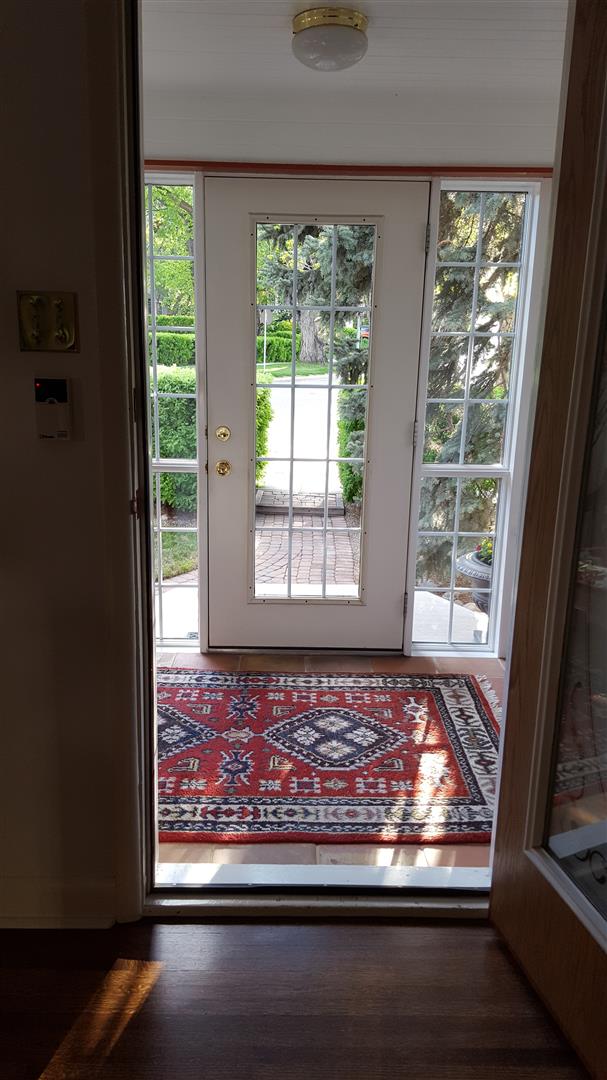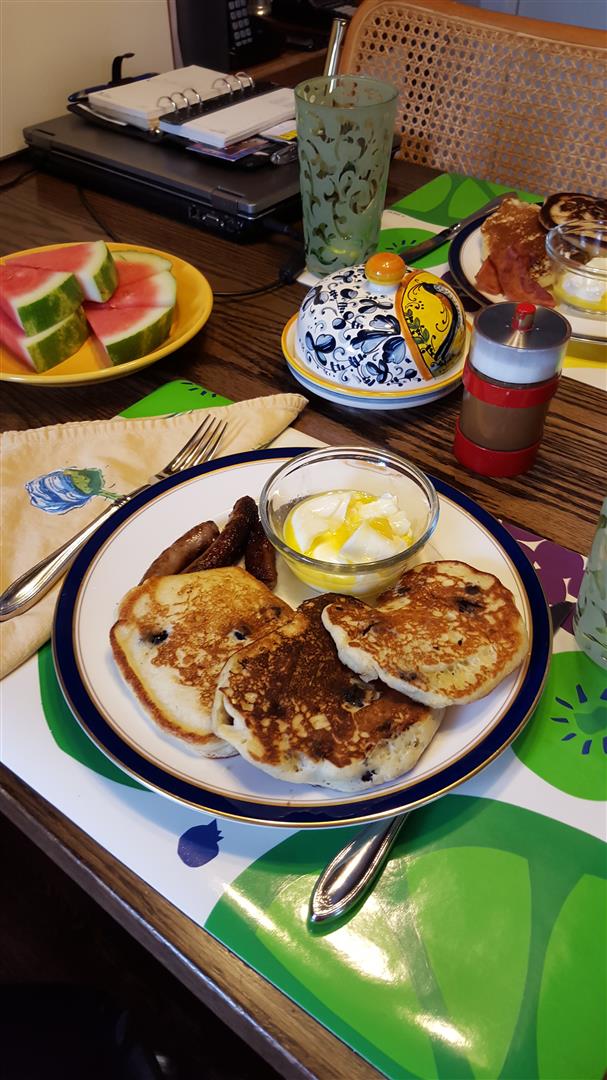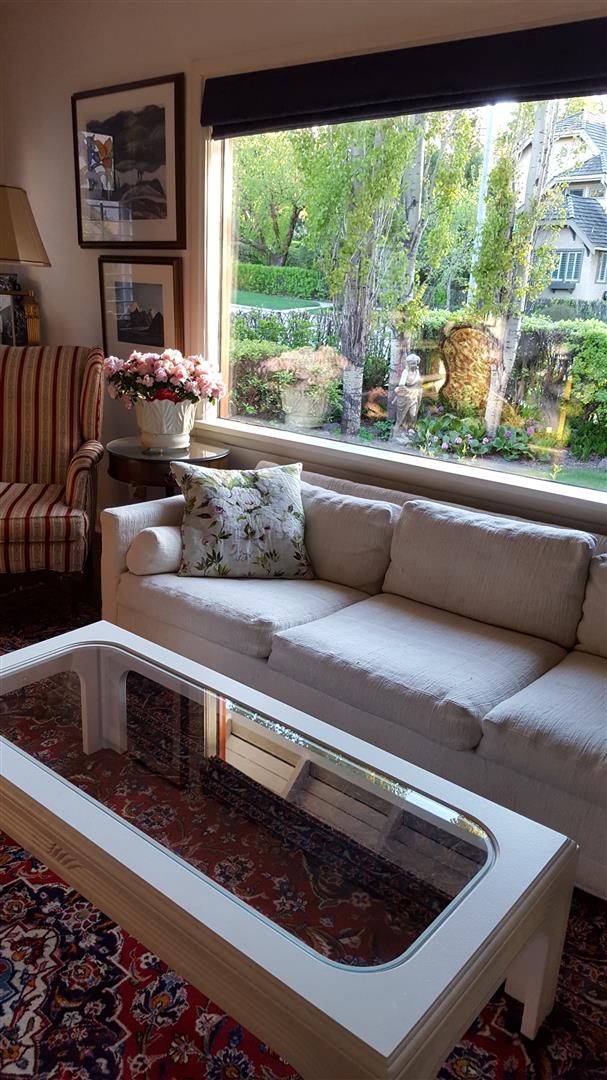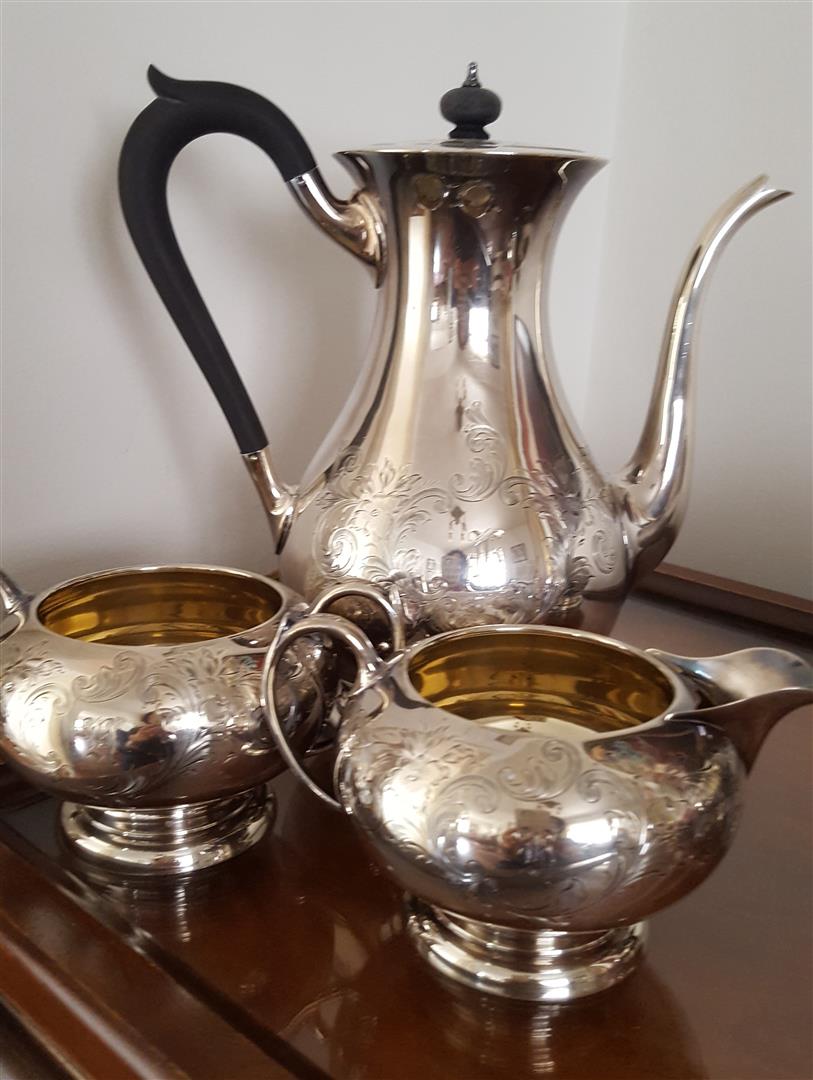When I first started my blog in February 2016, I thought it might be interesting to write about what were the habits of daily life for my generation, and are now rather exotic for younger folk.
Such as how to:
- clean the house and even wash the windows
- cook a simple meal and even a turkey dinner
- iron napkins and even a shirt
- shine the furniture and even polish the silver
- write a thank-you note and even a letter
Then I had second thoughts about these being too mundane to be of interest because the knowledge they impart is common sense. So on the backburner this idea went, with the occasional bubble of interest surfacing and as quickly bursting to simmer once again on memory’s backburner.
Lo and behold, in the depths of a dreary fall, the Calgary Herald featured these very habits—but at a much more elementary level—in its Life by Design section. Their five habits were:
- Make your bed every morning.
- Celebrate small luxuries.
- The dishes: just do them.
- Toss as you go.
- Dedicate one day a week to housework.

Plus ça change, plus ça la même chose
It truly seems the more things change, the more the basics stay the same as the foundation for a civilized, fulfilling life—the common sense that I would have thought it condescending to anyone older than 12—16 max—to presume they didn’t know this stuff. But I was wrong. Articles and even whole books proliferate on the how-to’s of the most basic of tasks because a whole generation hasn’t been shown how to do them.
For instance, this Christmas, my granddaughter suggested she could clean the house to earn the money for a cellphone cover she coveted. I laughed out loud because she hasn’t a clue how to clean her room, let alone an entire house. She took great umbrage at this, and flounced out of the room with hurt feelings. The saddest part about this conversation is that she doesn’t know that she doesn’t know how to clean a house, in other words, an unknown unknown in Donald Rumsfeld’s (US President George Bush’s Secretary of Defense 2001-2006) canny words that progressives mocked at the time.
So common sense to the front burner.
Clean the house…

A clean and tidy house is the best remedy for so many of the stresses and strains of daily life: getting dressed because your clothes are where they should be; making meals because the utensils are easily found and the ingredients easily assembled; getting a good night’s sleep because the bed and bedroom are clean and tidy.
Walking in to a clean and tidy house lifts your spirits at the end of a busy, often stressful day.
Once a week, start at one end and move methodically through the rooms/space by dusting with a dry cloth/wiping with a damp cloth tables, window sills, baseboards, lampshades, pictures, mirrors, etc. Then vacuum the couches and upholstered chairs before you vacuum/wash the floors. If you do this every week, the cleaning goes swiftly because dirt and debris have had no chance to accumulate. Two massive benefits from this exercise are a tremendous feeling of satisfaction at a job well done AND a really good workout of all parts of your body.
…and even wash the windows
I love sparking windows to let that famous Alberta sunshine flood the house, especially in the short winter days. Washing the windows inside and out every quarter is ideal, but twice a year—spring and fall—is acceptable. Get help if you need to, by window cleaners who have the equipment to reach every window in the house safely and efficiently. Our window cleaners are practically part of the family: We started hiring the father when we moved into our house in 1971, continued with the sons when they took over the business some 20 years ago, and now are employing one of their sons who has joined the crew.
Cook a simple meal…
With so much ready to cook in today’s grocery stores—chopped vegetables ready to be added to stews or soups, a blend of spices ready for meatloaf or bran muffins, pie crusts ready to be filled, meat or fruit fillings ready to fill them—you can be halfway there before you even start making a meal. But first I’d advise looking at a few cookbooks to get in the culinary mood. Like ready-to-cook foods, there are cookbooks galore telling—and showing—you how to put together a dish for one or two, three or four. For recipes for a particular dish, going online offers you choices from the simple to elaborate, often with its preparation time, difficulty level and calorie count.
Like a clean and tidy house, the aromas of home cooking are a welcoming scent. And like a clean and tidy house, two massive benefits are the sense of doing something worthwhile, whether cooking for just you or for family or friends, AND a diet of healthier, tastier and cheaper meals.

…and even a turkey dinner
Of all the dinners I’ve cooked in my long lifetime, the one that is the most universally savoured is the Thanksgiving and Christmas dinners. Our family’s traditional menu—roast turkey with stuffing, gravy and cranberry sauce, mashed potatoes, mashed turnips, Brussels sprouts, whole carrots—can only be tampered with at my peril. Even the turnips, which my husband neither likes nor eats, must be part of the menu. That’s the definition of tradition: something that is carried on through the years to become part of the family’s fabric with every Thanksgiving and Christmas evoking memories, satisfying hunger and inspiring dreams of feasts to come.
But if that menu doesn’t set your taste buds alight, create a menu that does. Start with the main dish—for me it’s meat or fish, but it can be vegetarian—and then add one, two or three other dishes that complement it. My preferred meal is meat/fish, potatoes/rice/pasta, vegetable/salad, with dessert (especially for special occasions); I’ve repeated this formula for countless dinners—for 2 to 42—and everyone goes away full and happy. And I vary my menus, choosing recipes from the tried-and-true stalwarts to the newly discovered that intrigue the alchemist in me. But I’ve been cooking since I was a young girl. If you’re only just beginning, repeat the menu you created for special occasions, maybe adding or tweaking one of the dishes for a little variety.
After all, the point of cooking is hospitality, not competition.
Iron napkins…
The lost art of ironing…sigh.
I love ironing. Your labour is rewarded immediately as you glide the hot, sometimes steaming iron over the cloth, transforming wrinkled & limp into smooth & crisp. And it’s important to do it at a time and place that pleases you. My time and place is Sunday afternoon in the basement with my choice of music serenading me—sometimes classical, sometimes country, sometimes pop, whatever fits my mood that day. It’s a little oasis of me time with a lovely product at the end.
And I love napkins—cloth napkins that softly and efficiently wipe your face and hands. In fact, I judge a restaurant by its choice of napkins and paper napkins give it a tumble down my rating. A few years ago, Williams & Sonoma had a wonderful sale on white linen napkins, allowing me to accumulate 48 of these elegant cloth squares. What a lovely sight on a buffet table, a pile of white linen napkins ironed to perfection! Then there are napkins of colour and pattern to complement the placemat or tablecloth for daily dinners and dinner parties. Some of these are wash and wear, while others need ironing. And the napkin is the place to start for a neophyte in the disappearing art of ironing.
…and even a shirt
Ironing a shirt well is the PhD in ironing. A white shirt, in my opinion, should be part of every wardrobe, man and woman alike. Nothing beats its beauty and versatility—but it must be gleaming and smooth, that is, perfectly ironed. First, dampen the shirt and put it in the freezer. You read that right: the freezer. It means you can then choose to iron it tomorrow, the next day or a week from today without it mildewing. And I find that doing it this way has a better result than just using the iron’s steam/spray function. When you put the shirt on, you’ll feel like a million bucks—or your significant other will look like a million bucks. What’s not to like?
Shine the furniture…
That famous Alberta sunshine has a downside: It shows up the dust and dirt on windows, furniture and appliances. As part of your housecleaning, use a rag—the best ones are old tea towels, dishcloths, towels, much better than any you buy, in my opinion—to wipe all surfaces, applying enough elbow grease to get rid of dust, dirt, fingerprints, paw prints, etc. You don’t need fancy cleaning products, just elbow grease and attention to detail. Again, some things, e.g., pictures, will need to be cleaned only about once a month, so your weekly clean will not be onerous. At the end of the day, bask in the sunshine shining through the window onto the gleaming furniture.

…and even the silver

Wow, that’s old-fashioned, eh? I know silver is becoming a piece of esoterica spurned by younger folk because of its laborious care. (In fact, many don’t even want it as an inheritance, so who knows what my grandchildren will do with it.)
Having never had any family silver, I’ve bought a few pieces, each with an interesting provenance, and use them when we entertain. They add class to the table, reflecting the candles’ flame to embellish hospitality’s glow. And food from a silver serving spoon tastes better, à mon avis! The best part of all this is that polishing silver is swift and easy with the new creams on the market, compared to the arduous exercise it used to be.
Write a thank you note…
Few things are as happily received as a thank you note, and a hand-written one sent through the mail is the best of all. A thank you note will never be old-fashioned in a civilized society. It can be written on a designated or blank card—I prefer the latter—and a visit to a stationery store will give you the choice of many; flowers and birds are two of my favourite motifs for note cards. But a plain piece of paper is just fine because it’s the thought that count.
The message can be as simple as “Thank you”; even better, add a sentence or two about the actual event/item that the thank you note is for. That personalization shows thoughtfulness and appreciation. For instance, “Your party took me down memory lane. I talked to a couple of people I haven’t seen in years, bringing back memories of our time together at university. And the buffet was as good as it looked. Thank you!” For instance, “Today was chilly, so I slipped on your sweater. Not only did it banish the cold, it made me feel oh, so elegant in the embrace of its soft cashmere in my favourite colour. Thanks, Grandma!”
…and even a letter

But the pièce de résistance is a letter, a whole page long or two or three or four, arriving in the mail with a pretty stamp on the envelope. (Canada issues some of the prettiest stamps—its Chinese New Year stamps are collector’s items!—which makes a trip to the post office to buy stamps an interesting excursion.) And don’t let the blank page intimidate you; just start. Start by telling your reader about what you did today, what you plan to do this week, what your goals for the year are. This is a sister/brother, a parent/grandparent, a friend, so of course they will be interested in everything.
Once the writing has begun, let your thoughts take you where they will, piling on detail for some event, barely mentioning another. Writing begets writing, and sometimes it will be hard to keep up with all the things you want to say in the letter. But save some because another letter in the mail—ideally—or email—practically—is another gift to someone you cherish. (All my letters used to be hand written even after the computer became central to my life, but for many years now they are typed; I still send some by mail, especially to my contemporaries, but many are emailed, especially to groups—emails are wonderful for keeping everybody in the loop!)
Details count. For instance, I print my letters on paper with a red rose on the left side, adjusting the margins for an aesthetic layout. And using ragged right instead of full justification for the text makes it easier for the reader while keeping the lines nicely spaced. Leave white space on the page for a clean, elegant look. BUT if you are so inclined, cram the space with words, like my brother does, and doodles, like an artistic granddaughter does. At a glance, your signature style will be recognized and the recipients’ smile will spread as they anticipate another chapter in the story of your correspondence.
Yes, it takes work, but the reward—immediate and for long after—is worth every word.
Back to basics
If you keep your place clean and tidy, if you cook a meal for yourself and others, if you iron napkins and pillowcases, if you send a thank you note and maybe a letter once in a while, these accomplishments become touchstones in life’s journey. They will please you on happy days, and support you in the bleak patches along our human way.

Reading your blog for the first time and absolutely love it. Thanks for sharing your thoughts. I will definitely come back for another helping!
Gung Hey Faat Choy! May you have many bacons in the Year of the Boar!
Thank you, Kit! Look forward to seeing you next time you’re in Calgary…BMP